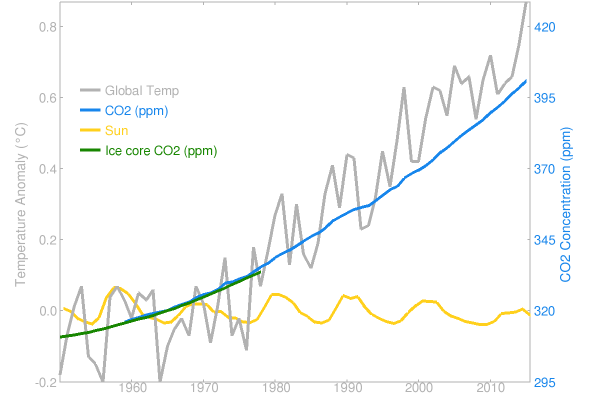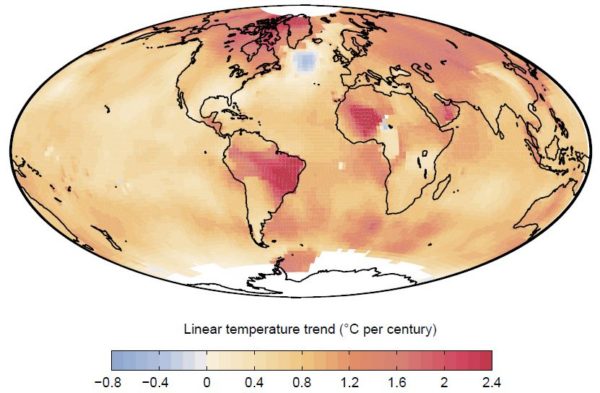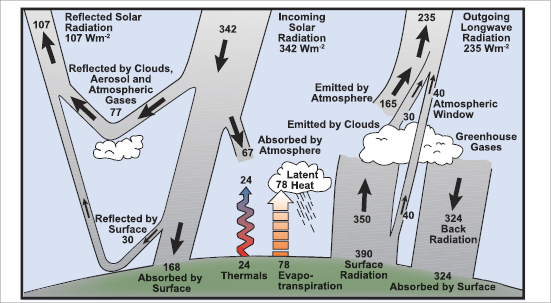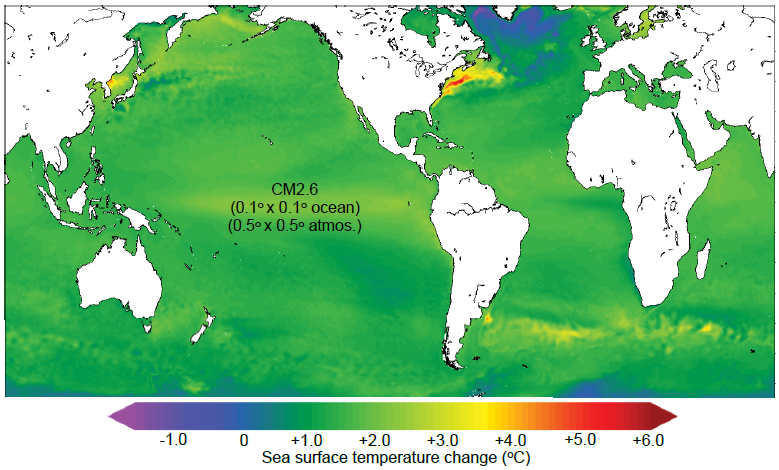Probably everyone has heard this argument, presented as objection against the findings of climate scientists on global warming: “The climate has always changed!” And it is true: climate has changed even before humans began to burn fossil fuels. So what can we conclude from that?
A quick quiz
Do you conclude…
(1) that humans cannot change the climate?
(2) that we do not know whether humans are to blame for global warming?
(3) that global warming will not have any severe consequences?
(4) that we cannot stop global warming? [Read more…] about The climate has always changed. What do you conclude?



